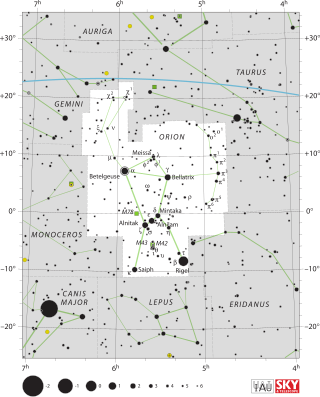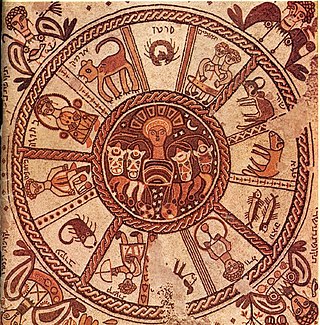Finger(s) of God or God's Finger may refer to:
Capricorn may refer to:
The Eye of Sauron is the image most often associated with Sauron in The Lord of the Rings by J. R. R. Tolkien.
Conjunction may refer to:
Ram, ram, or RAM most commonly refers to:

Orion is a prominent set of stars visible during winter in the northern celestial hemisphere. It is one of the 88 modern constellations; it was among the 48 constellations listed by the 2nd-century astronomer Ptolemy. It is named after a hunter in Greek mythology.
Opposition may refer to:
Indraja is an Indian actress.
Hermetic or related forms may refer to:

Astrology has been a topic of debate among Jews for over 2000 years. While not a Jewish practice or teaching as such, astrology made its way into Jewish thought, as can be seen in the many references to it in the Talmud. Astrological statements became accepted and worthy of debate and discussion by Torah scholars. Opinions varied: some rabbis rejected the validity of astrology; others accepted its validity but forbid practicing it; still others thought its practice to be meaningful and permitted. In modern times, as science has rejected the validity of astrology, many Jewish thinkers have similarly rejected it; though some continue to defend the pro-astrology views that were common among pre-modern Jews.
Hand of God may refer to:
Dragon's Head may refer to,
A nebula is a cloud of gas and dust in space.
Aries may refer to:
An hourglass is one of the oldest devices for measuring time.
War zone or warzone may refer to a zone of war, or to:
Uranus is the seventh planet from the Sun.
Pluto is a dwarf planet in the Solar System.
The Eye of God usually refers to the Helix Nebula, also known as NGC 7293.
Uranian may refer to:
Anuradha may refer to:dd